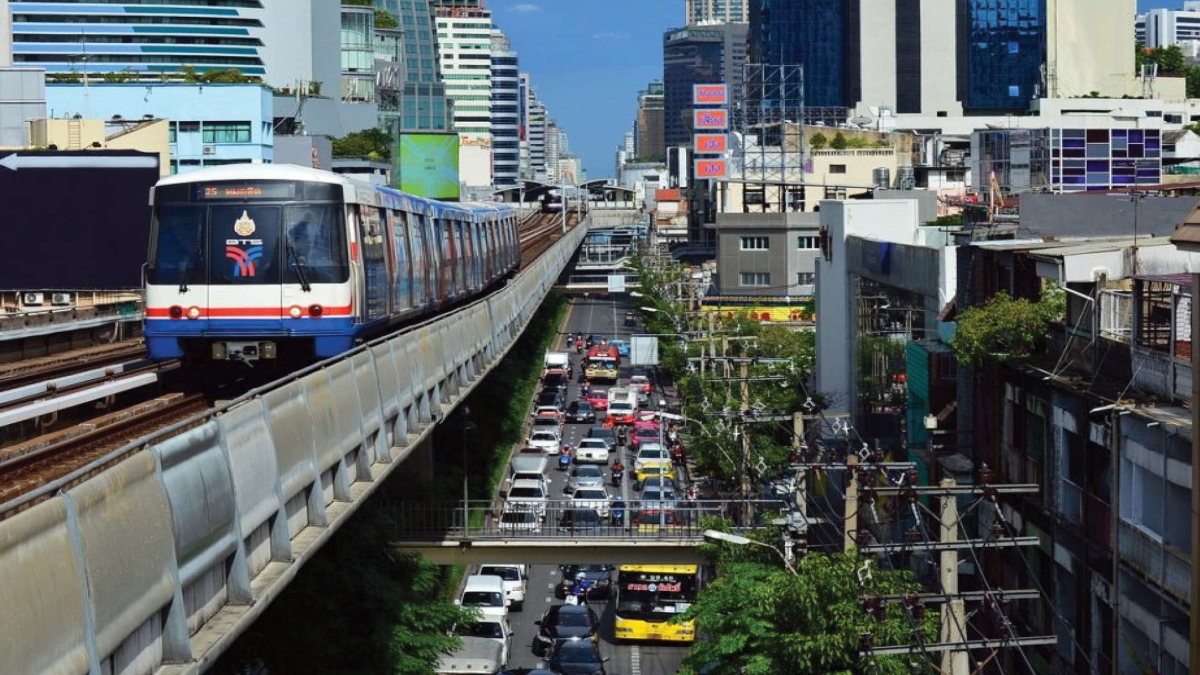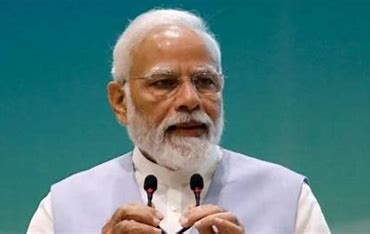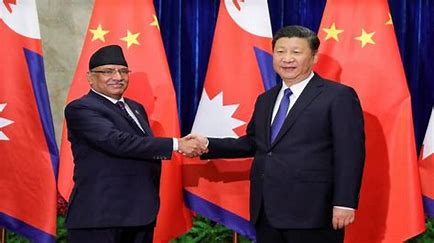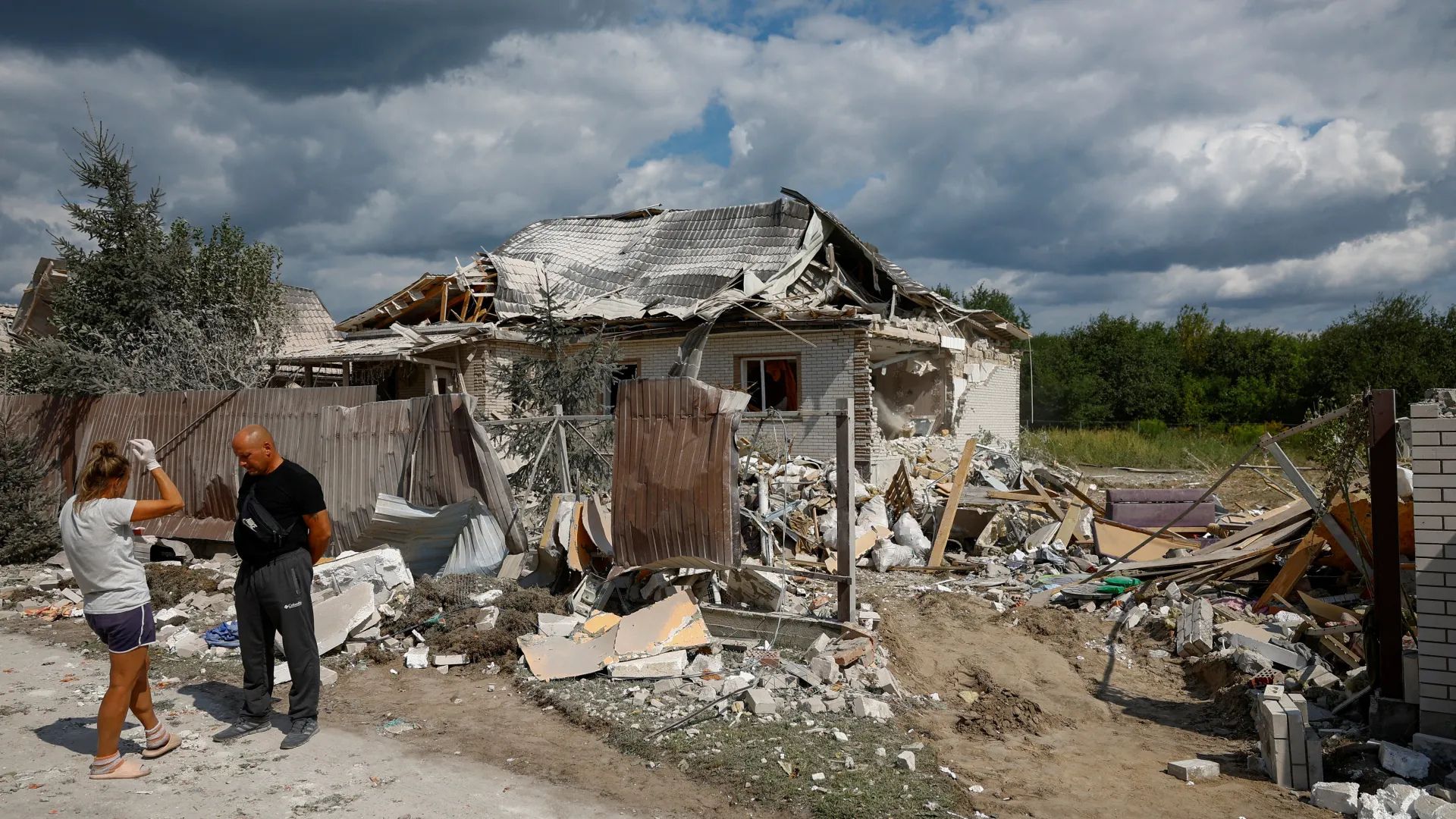
INTRODUCTION
Infrastructure is necessary for growth. It provides services that allow society to function and economies to develop, from transportation infrastructure to electricity-generation & hydropower facilities, and water supply and hygiene networks. Infrastructure is thus placed at the centre of efforts to achieve the Sustainable Development Goals (SDGs). Infrastructure should not be considered as a single asset, such as a power station, water, or hospital network, but rather as part of a system with a portfolio of assets that cumulatively have significant ability to accomplish the three spheres of the SDGs, i.e., economic, environmental, and social sustainability.
Innovation, Infrastructure & Industrialisation are intricately linked with numerous other SDGs, instead of being indulged only among themselves. SDG 9 has established itself as a requirement for enhancing the efficiency and efficacy of the other SDGs. Goal 1, which aims to eradicate poverty in all areas, can be achieved by optimising industries that improve livelihood prospects, give financial security, and broaden people’s skill sets, reducing their vulnerability to exploitation.
Even, a significant progress is devised by India in providing fundamental infrastructure to support economic growth. It is envisioned as a high-tech industrial zone spanning six states that would serve as a trade and commerce hub and offer industrial hot zones around the country. Furthermore, by virtue of the State Level Business Reforms Action Plan, over 7,000 reforms were implemented in 36 states and territories to streamline the business system. However, there are certain dilemmas too, which are faced by the Indian Infrastructural sector in achieving the SDGs.
In this article, the author deals with the various facets of the infrastructure and its functionality to achieve three pillars of SDGs. Further, the author discusses the hurdles faced and improvements achieved by the Indian Government in Innovation, Infrastructural & Industrial Sector and the regular initiatives taken by the Government to eradicate the challenges faced by them. Moreover, the article talks about the Government’s investment plans embedded in the Union Budget 2021 and lastly, the author concludes the article with few analyses.
INFRASTRUCTURE & PILLARS OF SDG
As we discussed earlier, in all three spheres of the sustainable development, i.e., the society, environment & economy, the mantle of infrastructure is very critical. Now, as the world strives to accomplish ambitious goals like the Sustainable Development Goals (as outlined in the global Agenda 2030) and the Paris Climate Agreement, infrastructure is becoming more widely recognised.
• Infrastructure benefits society when fair access is ensured because it provides services (such as energy, sewage and healthcare networks) that are necessary for long-term growth. Infrastructure improves gender equality through providing public transportation, which makes it simpler for females in remote areas to engage in the workplace, as well as availability of adequate sanitation and pure water, which lower maternal mortality.
• Infrastructure projects play a vital function in natural resource preservation and mitigating the effects of climate change when it comes to environmental protection. Plants that generate clean energy, for example, are crucial in reducing reliance on fossil fuels. By removing vehicles off the road, public transit systems help to reduce pollution and greenhouse gas emissions. In the United States, it is estimated that switching from driving to public transit will reduce one’s carbon footprint by 4,800 pounds per year.
• Infrastructure benefits extend from the employment generated during the construction and rehabilitation to the potential of infrastructure to stimulate economic growth when it comes to the economy (like making bridge that joins a rural village to numerous urban markets). Infrastructure, such as mobility and telecoms, supports economic development goals by integrating areas to cities, education, and jobs. As per the McKinsey Global Institute, raising investment in line with economic needs may contribute around 0.6 percent to global GDP. It’s possible that the effect will be more apparent in big countries with infrastructure gaps.
SDG 9 specifically mentions creating resilient infrastructure among the SDGs. Infrastructure development, on the other hand, underpins certain other SDGs also. As we have seen above that infrastructure helps in reducing inequalities among males and females which consequently achieves the SDG 10. Moreover, as per the World Bank, to achieve the SDG 6, which covers the affordable and clean water and sanitation for all, an infrastructure investment of at least US$114 billion per year is primarily required. SDG 7 — access to reasonable, credible, durable, and latest energy for all, which requires annual investments of US$52 billion in infrastructure to achieve universal electrification by 2030, with only half of it is achieved by planned investments. Further, Infrastructure adds to SDG 5 goals by assisting in the empowerment of girls and women and SDG 2 by increasing employment and ending hunger with improved nutrition.
INDIAN INFRASTRUCTURE SECTOR: SNAGS AND ENHANCEMENTS
Snags with Innovation, Infrastructural & Industrial Sector
Initiatives like Make in India, Start Up India, etc., are examples of Indian government’s tactics that promote innovation and sustainable economic and industrial advancement. But at the same time these innovation and developments were proved to be a stumbling block for the government. For scientific innovation, an increase in the research and development budget is significant. However, spending on research and development has remained unchanged in recent years, ranging from 0.6 percent to 0.7 percent. In 2018, the national scientific or technical journal and articles has a ranking of 0.10, down from 0.9 in 2017 and the government has a goal of rank at 1.2. Nonetheless, this would necessitate an increase in the public-sector-controlled R&D sector of Nanotechnology, Nuclear developments, etc.
The commercial industry is critical for a thriving economy that includes job creation, strong partnerships, and a broader range of product availability. However, the condition of transport and commercial infrastructure has not upgraded. It has maintained a consistent 2.91 out of five rating. Manufacturing has remained stagnant, with no signs of expansion. This sector has the potential to furnish to economic prosperity as well. The determinants can be observed in the growth rate of Indian Industries, which has decreased by 0.8 percent from 2016 to 2019. Indian industries discharge a lot of harmful waste and polluted water, which runs counter to the concept of sustainability.
Enhancements in Innovation, Infrastructural & Industrial Sector
The most significant part in contributing to a country’s innovation is played by universities and education, and India has achieved strides in this area. The World University Rankings rated India’s top three institutions a score of 44.9 in 2020. This is extremely close to achieving the desired objective of 50 points. Availability to knowledge and, as a result, the improvement of education for everybody has improved as a result of pervasive access to internet. The proportion of Indians who use the internet has increased from 17% in 2015 to 34.45% in 2017. Since the adoption of the SDGs, it has more than doubled.
Moreover, providing, accessibility for India’s numerous rural & remote regions has been a massive accomplishment. As of 2017, 70 percent of all-weather roads were being built in rural regions. In general, the length of national highways being built has more than twice, from 4,410 kilometres in 2015 to 10,824 kilometres in 2019. Infrastructure and its application towards the country’s interconnectivity are receiving a lot of attention these days. From 2015 to 2019, the cargo handling capacity of 12 major ports increased by 84 percent. This opens up the possibility of significantly improved commerce and shipping performance to gain higher levels.
Additionally, in order to achieve SDG 9, India has worked on creating the business sector more accessible, as well as promoting new enterprises and growth. The government has adopted business reforms in order to enhance its position in Ease of Doing Business ranking from the World Bank. As a result, it was rated 63rd in the world in 2019, up from 142nd in 2015. Product development and design have also grown dramatically. From 2015 to 2019, the set of structural patents were doubled. This is a forerunner to the industry’s expansion.
Overall, India has made significant progress in achieving SDG 9. Between 2018 and 2019, the country’s GDP increased by 7.2 percent on average and Experts forecasted that India’s GDP is forecast to grow 10% in fiscal year 2021-22. India has also maintained a commitment to not just developing innovation, infrastructural & industrial sector, but also to ensuring that they are sustainable and ecologically beneficial. It was able to achieve one of the least carbon emissions per capita than any other country.
THE WAY FORWARD
Governmental tactics
Indian Government has brought various initiatives towards the enhancement of innovation, infrastructural & industrial sector and some of them are as follows:
• Pradhan Mantri Gram Sadak Yojana (PMGSY) – to develop roads.
• Border Area Development Programme (BADP) – to fulfil the developmental needs and wellbeing of the people living in remote and inaccessible areas.
• Start Up India – to build a strong eco-system for nurturing innovation and Startups.
• Pt. Deendayal Upadhyaya Shramev Jayate Karyakram – to establish a favourable atmosphere for industrial development and easy commercial transactions, as well as to increase government assistance for imparting worker skill training.
• Make in India – to make India a global manufacturing hub by encouraging the MNCs and national companies.
• Atal Innovation Mission – to foster interest, innovation, and inventiveness of young minds; and to develop their skills.
• Shyama Prasad Mukherji Rurban Mission (SPMRM) – to deliver integrated projectbased infrastructure in the rural areas.
• Udaan Scheme for youth of Jammu & Kashmir – to expose jobless graduates to the finest of Corporate India, as well as to expose Corporate India to the tremendous talented employees existing in the state.
• Digital India – to ensure that individuals may access government services through the Internet by improving online infrastructure and expanding Internet connectivity.
• Consolidated FDI Policy 2015 – acquiring and encouraging foreign direct investment to augment indigenous wealth, equipment, skills, and ability to drive economic growth.
THE FINANCIAL BUDGET 2021
The Indian Government has allocated INR 233,083 crore (US$ 32.02 billion) to improve transportation infrastructure in the Financial Budget 2021. Since around July 2021, the government had invested US$ 1.4 trillion in developing infrastructure under the National Infrastructure Pipeline (NIP). The following are the highlights of Budget 2021:
• In July 2021, the Ministry of Commerce’s Logistics Division unveiled its proposals for “Freight Smart Cities,” with the objective of increasing urban freight transportation efficiency and decreasing operational cost. The demand for urban freight is expected to rise by 140% over the next ten years.
• In July 2021, the 15th Finance Commission proposed that states get INR 8,000 crores (US$ 1,077 million) in skill-based challenge money for new city development.
• The Ministry of Petroleum and Natural Gas, through its subsidiary GAIL, has set aside INR 5,000 crore (US$ 671.14 million) in July 2021 for the construction of two facilities to produce compressed biogas (CBG) and ethanol from municipal garbage.
• The Ministry of Defence, einaugurated the 20-kilometer dual-lane Kimin-Potin road, as well as 9 additional roads completed by Border Roads Organization in Arunachal Pradesh and one each in the Union Territories of Ladakh and Jammu & Kashmir, in June 2021.
• In upcoming 5 years, the government has planned to spend INR 305,984 crore (US$ 42 billion) on a revised, reform-based, and outcomelinked new electricity distribution sector programme.
• The Highway category and road transport sector was allocated with INR 1,18,101 crore (US$ 16.20 billion) by the Indian Government.
• An amount of INR 1,10,055 crore (US$ 15.09 billion) was given to Indian railroads, with INR 1,07,100 crore (US$ 14.69 billion) going to capital expenditure. Moreover, for metro Projects, the Indian Government has announced Rs. 18,998 crore (US$ 2.61 billion).
• A 6-year investment of INR 64,180 crore (US$ 8.80 billion) is outlaid to strengthen the current ‘National Health Mission’ by developing better healthcare system capacity and basic, secondary, & tertiary care.
• A project named Mega Investment Textiles Parks (MITRA) was established by the Government with the goal of creating world-class textile infrastructure and 7 textile parks in 3 years.
• The Central government proposed an US$ 82-billion long-term investment plan in the nation’s shipping ports in March 2021. Under the Sagarmala initiative, 574 activities have been identified for execution through 2035.
CONCLUSION
Assets pertaining to sustainable infrastructure and industries play a critical role in enabling citizens with the facilities they require, increasing quality of life, and safeguarding the environment. Some of this is accomplished through the development of new infrastructure. However, there are innovative methods to make existing systems more efficient—for example, through smart meters—without the requirement for intrusive and resource-intensive new development.
The Indian government has turned its attention to the infrastructure industry. India intends to invest $1.4 trillion on infrastructure between 2019 and 2023 in order to ensure the nation’s sustainable growth. From 2018 to 2030, the Indian Government proposes investing INR 5,000,000 crore (US$ 750 billion) on railway infrastructure. India and Japan have partnered to build infrastructure in India’s northeastern states, as well as establishing an India-Japan Coordination Forum for Northeast Development to carry out critical infrastructural and industrial mega projects in the said region.
The requirement for durable and sustainable infrastructure is critical. Even if the world achieves its climate objectives, climate change is already affecting life on the globe, and this is unlikely to change. In the face of growing threats to communities and their ecosystems, robust infrastructure will be critical in strengthening water and energy systems and assuring that societies can survive and recover more rapidly from disasters. Infrastructure is more than just a method of providing services; it is also a key facilitator and protector of sustainable growth.















